July 19, 2016
SMEs must offer flexible work or face recruitment and retention challenge 0
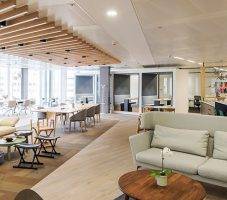 SMEs that neglect to offer flexible work options may find their employees decide to switch to somewhere that does, according to a survey from Regus. Over 3,000 professionals across a variety of sectors were quizzed on the importance of flexibility in their working life. SME respondents left very little doubt about the value of a flexible approach, with 92 percent of workers in SMEs saying that, faced with a choice of two similar jobs, they would choose the one that offered flexible work. A third of respondents (33 percent) also stated that they would have stayed longer in their previous jobs if flexibility had been offered. According to Richard Morris, UK CEO, Regus, SMEs should think long and hard about the type of roles that they are offering to today’s professionals. He argues that the days of the fixed hours, fixed location job are becoming as outdated as the office fax machine. Flexibility is no longer seen as a perk, it is now a key differentiator for talented individuals.
SMEs that neglect to offer flexible work options may find their employees decide to switch to somewhere that does, according to a survey from Regus. Over 3,000 professionals across a variety of sectors were quizzed on the importance of flexibility in their working life. SME respondents left very little doubt about the value of a flexible approach, with 92 percent of workers in SMEs saying that, faced with a choice of two similar jobs, they would choose the one that offered flexible work. A third of respondents (33 percent) also stated that they would have stayed longer in their previous jobs if flexibility had been offered. According to Richard Morris, UK CEO, Regus, SMEs should think long and hard about the type of roles that they are offering to today’s professionals. He argues that the days of the fixed hours, fixed location job are becoming as outdated as the office fax machine. Flexibility is no longer seen as a perk, it is now a key differentiator for talented individuals.





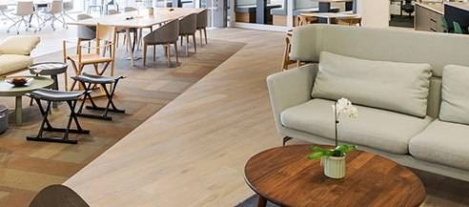



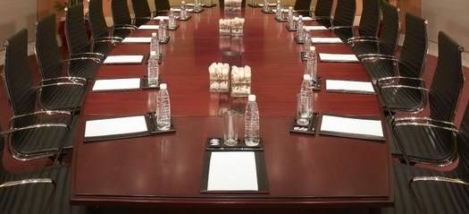



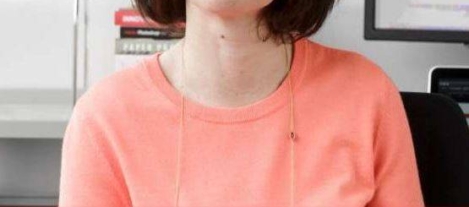


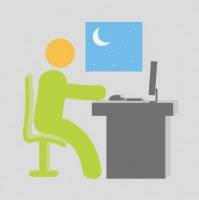














June 3, 2016
UK’s productivity crisis is not helped by lack of work-based training 0
by Sara Bean • Comment, News, Technology, Workplace
(more…)